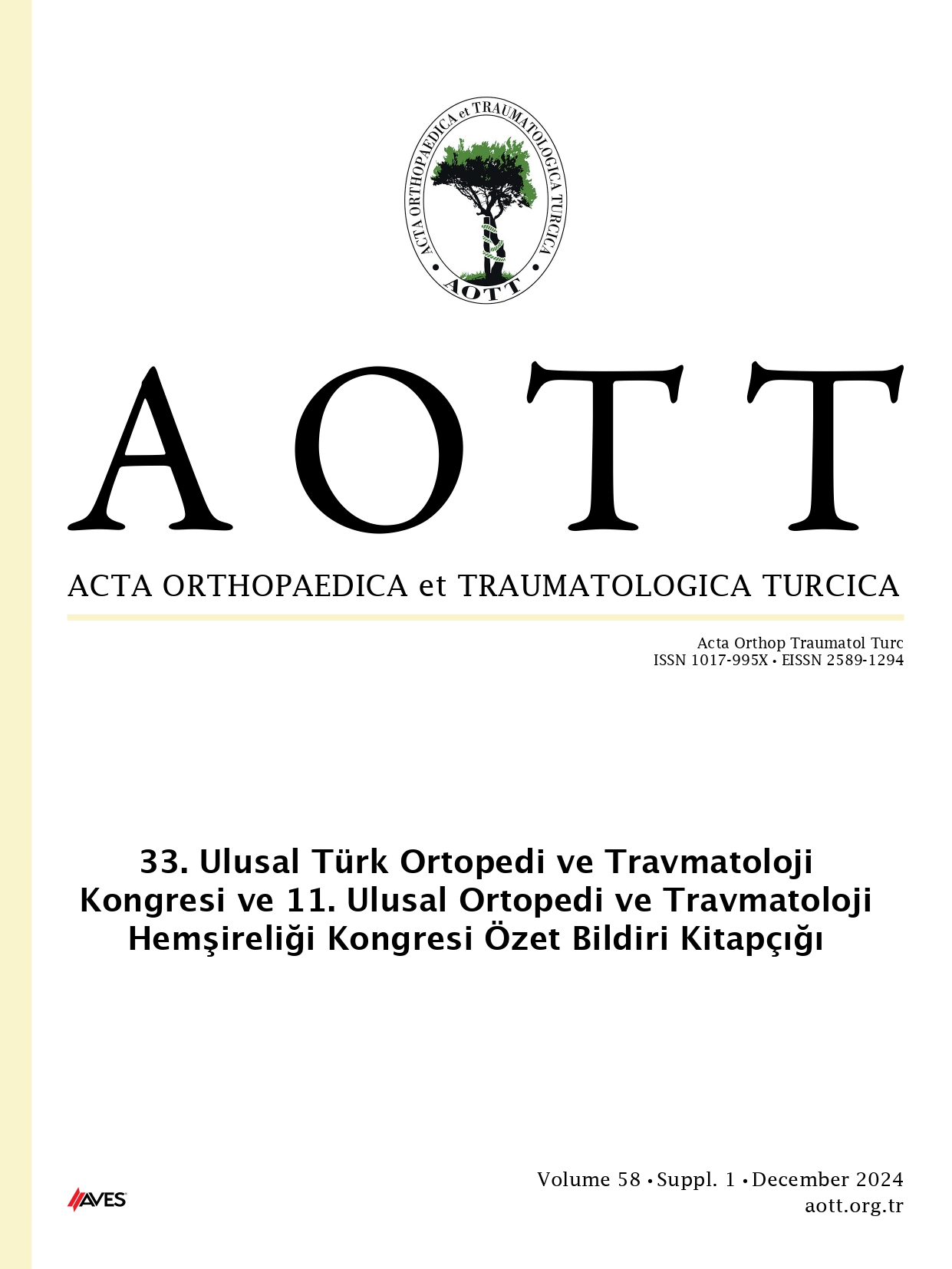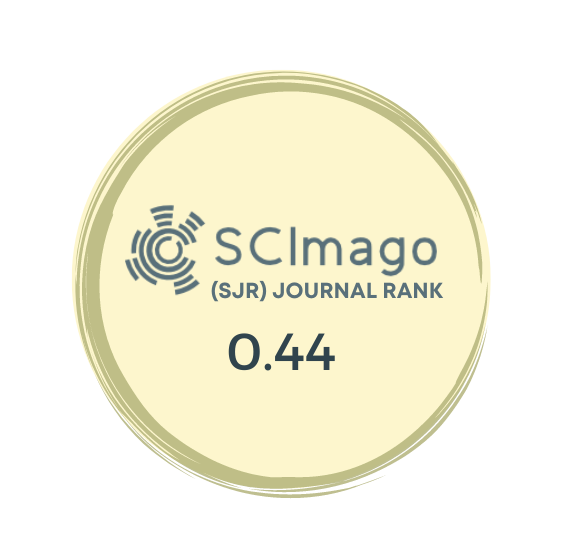Objectives: Iliac bone grafting and matrix-guided autologous chondrocyte implantation (MACI) can be combined to treat large osteochondral defects of the knee. In this prospective study, we evaluated clinical and magnetic resonance imaging (MRI) findings after one and two years of this treatment method.
Methods: The study included 12 patients who completed a follow-up period of two years. Preoperative arthroscopic and MRI studies revealed grade 3 or 4 osteochondritis dissecans in all the cases. In the first operation, a deep debridement of the sclerotic subchondral bone was performed, followed by press-fit filling of the defect with cancellous bone. In the second operation, a double-layer MACI was fixed within the defect with fibrin glue. The clinical outcomes were evaluated using clinical scores.
Results: The clinical outcomes before and 24 months after surgery were as follows: the mean Meyers score increased from 10.2 to 18, Lysholm-Gillquist score increased from 56.6 to 100, and Tegner-Lysholm score increased from 1.8 to 4. These scores did not show notable changes after 12 months. On MRI images, subchondral edema within the bone graft disappeared until the sixth month. Within a year, MRI signal intensity of the cartilage repair tissue well approximated to that of the healthy surrounding cartilage. The thickness of the cartilage repair tissue increased from 1 mm to 1.8 mm within 6 to 12 months.
Conclusion: Matrix-guided autologous chondrocyte implantation combined with bone grafting may be successfully used in remodeling the joint surface, without causing donor site morbidity within the knee joint. In addition, subchondral pathologic alterations may be effectively treated. Magnetic resonance imaging is a reliable technique to evaluate the repair process.



.png)

.png)
